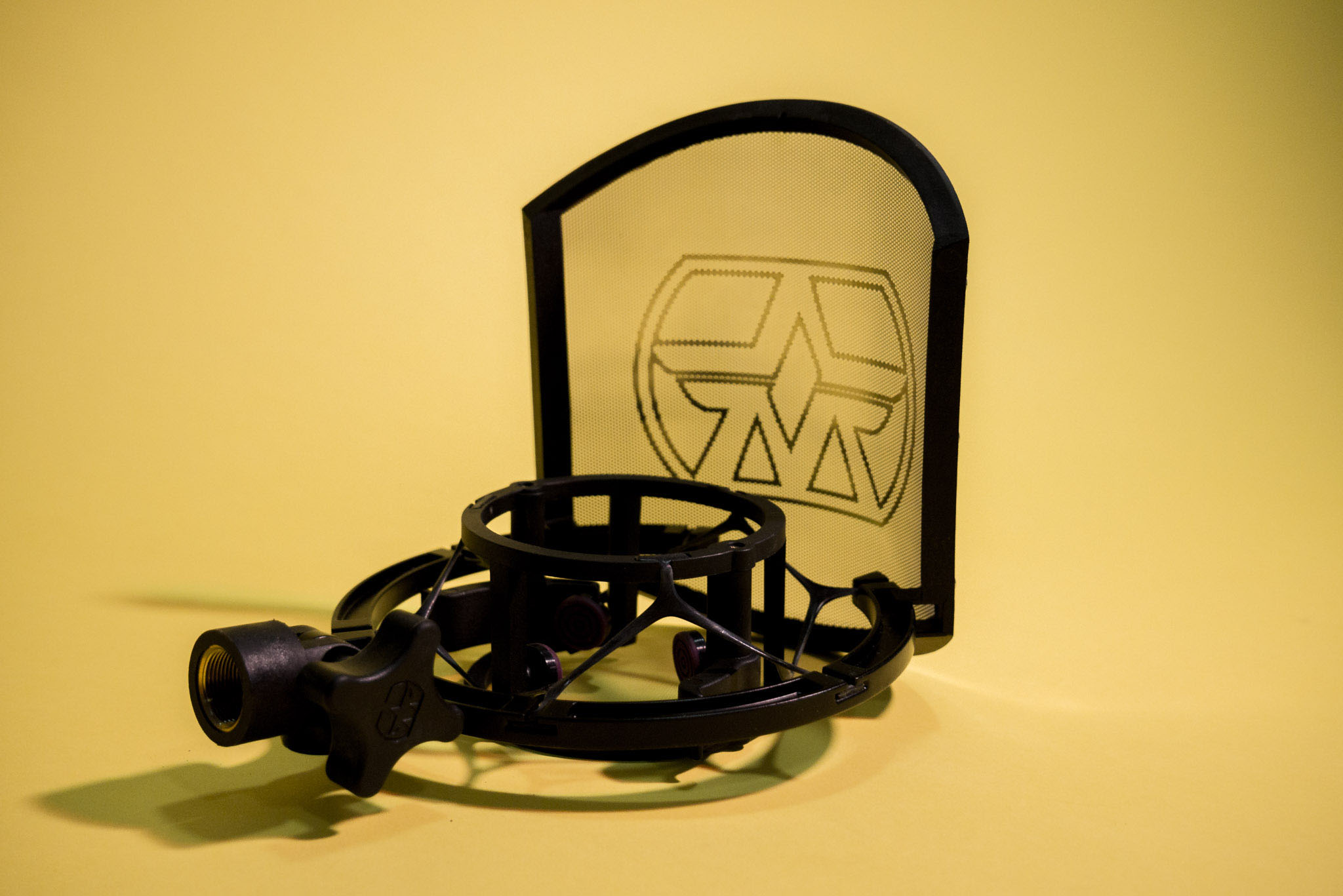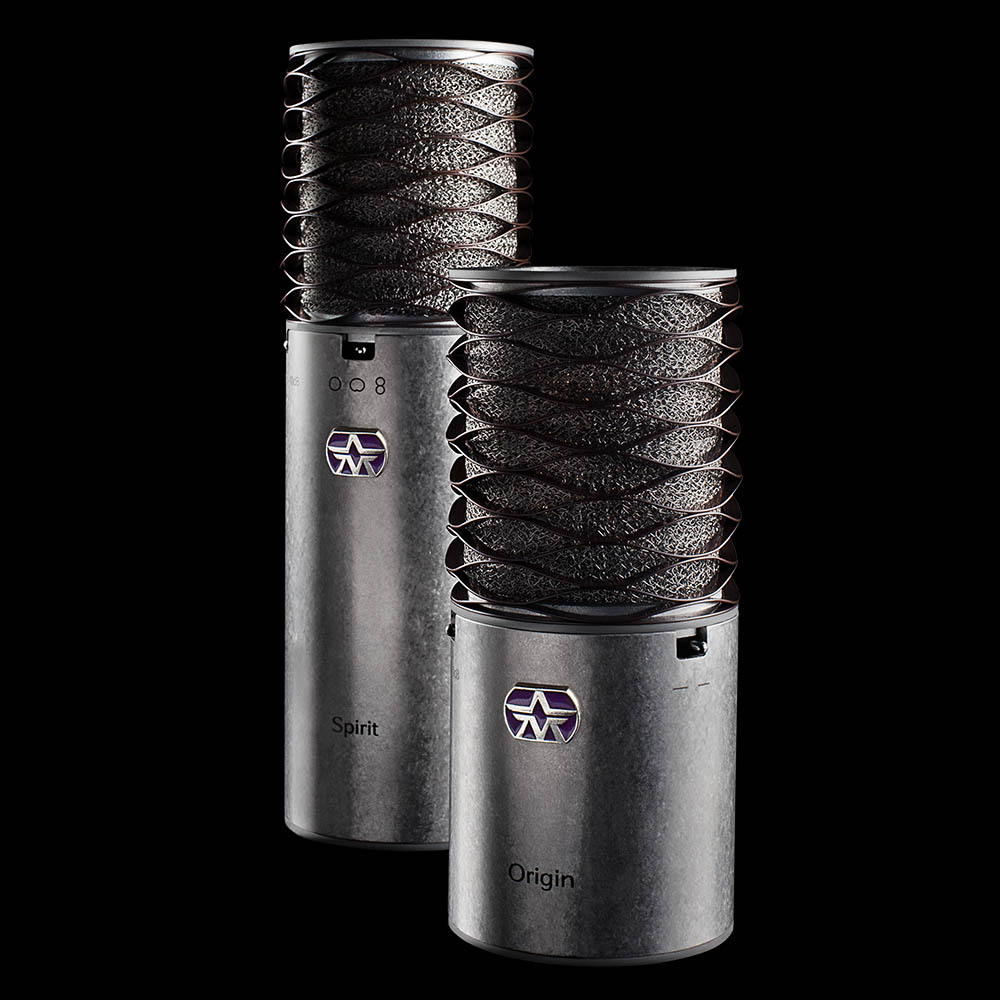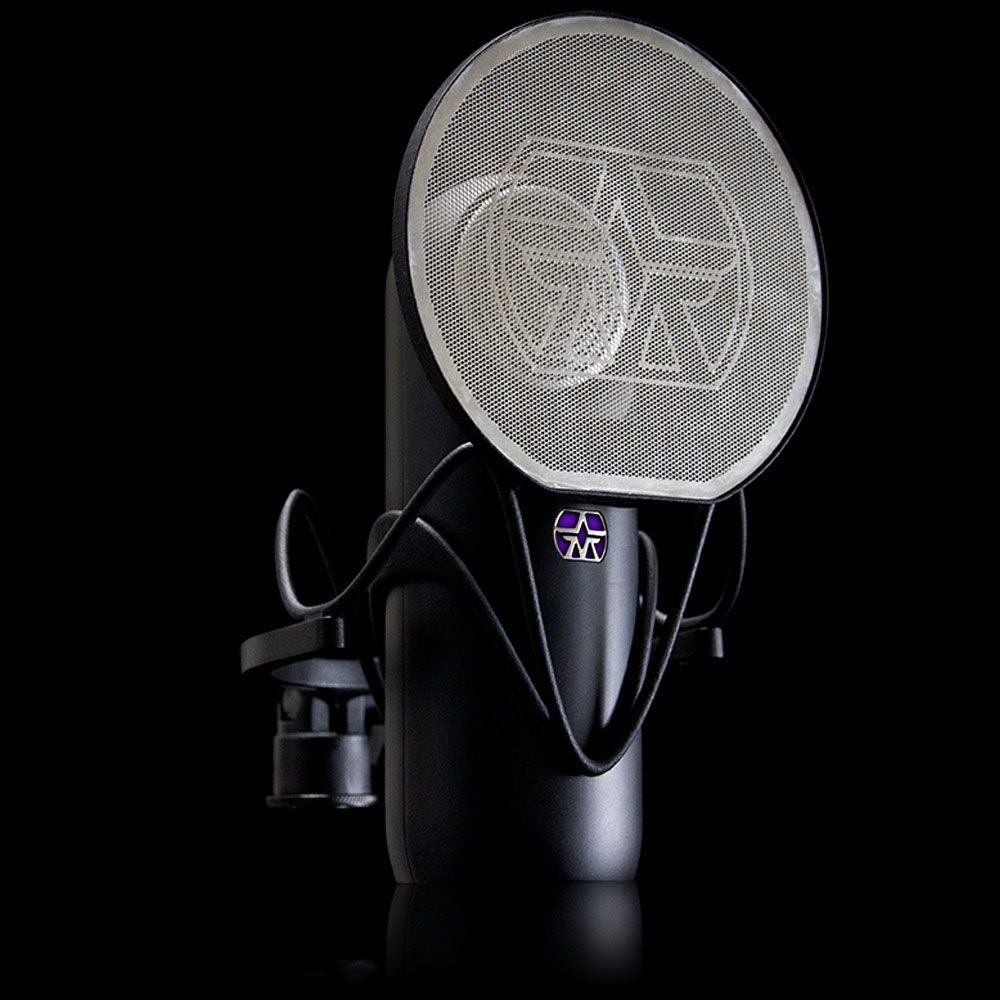Clean vocal takes - Microphone hygiene in the Covid 19 era and beyond
 Now face masks and hand sanitiser have become the worldwide norm there remains a controversy in scientific circles as to how the virus that is shaping a new way of life is actually transmitted. Specifically, how large the particles which pass from one human to the next need to be, and how long can they stay airborne, are two areas of continuing debate. There does seem to be consensus, however, on the usefulness of face coverings and the cleaning of surfaces, on which the virus can lurk, as means of preventing the spread of this nasty little beast.
Now face masks and hand sanitiser have become the worldwide norm there remains a controversy in scientific circles as to how the virus that is shaping a new way of life is actually transmitted. Specifically, how large the particles which pass from one human to the next need to be, and how long can they stay airborne, are two areas of continuing debate. There does seem to be consensus, however, on the usefulness of face coverings and the cleaning of surfaces, on which the virus can lurk, as means of preventing the spread of this nasty little beast.
As microphones are handled, often by more than one person, during a recording session or gig, many of you have been in touch to ask for advice on best practice for clean takes.

The catch-all (quite literally) is to use a SwiftShield or Shield GN in front of your mic (or the custom magnetic pop shield which ships as part of the Element bundle). These specially designed Aston pop shields not only stop plosives (their primary job, at which they are exceptional) but will prevent the inevitable moisture drops that leave the singer’s mouth from reaching the microphone. The shields have no electronics and can, therefore, be thoroughly cleaned, even washed, after each use. They don’t, of course, stop 100%, but they’ll certainly contribute to reducing mic contamination.
It is also quite ok to clean your mic after each use. It tends to be the chassis of a microphone that people touch, not the head, and this is the only significant smooth surface area of most mics. The Aston Origin, Spirit, and Starlight chassis are made from near-indestructible 2mm solid stainless steel, so it is quite safe to wipe them with a cloth dampened with water and detergent, antiseptic wipes or diluted isopropyl alcohol (don’t use this ‘neat’ - it evaporates  too quickly). In the case of Stealth and Element, antibacterial wipes are fine, but not alcohol or detergents, as these may affect the finish. Make sure whatever you use is not too liquid, so it won’t reach the electronics inside, and dry the mic thoroughly with a fresh cloth or kitchen towel before using it again. Keep ALL cleaning materials well away from the capsule. Do NOT attempt to clean the mesh head of any microphone as this WILL result in capsule damage. DO NOT submerge the mic in a fluid.
too quickly). In the case of Stealth and Element, antibacterial wipes are fine, but not alcohol or detergents, as these may affect the finish. Make sure whatever you use is not too liquid, so it won’t reach the electronics inside, and dry the mic thoroughly with a fresh cloth or kitchen towel before using it again. Keep ALL cleaning materials well away from the capsule. Do NOT attempt to clean the mesh head of any microphone as this WILL result in capsule damage. DO NOT submerge the mic in a fluid.
If you think significant moisture may have entered your mic, perhaps during over-zealous cleansing, then leave it somewhere warm overnight to dry out before plugging in again.
Our thoughts are with all those affected by Coronavirus. For those more fortunate, stay safe, stay happy, and keep on making great music.
For further advice feel free to contact us; support@astonmics.com
To find your nearest SwiftShield or Shield GN stockist, visit https://www.astonmics.com/EN/dealers